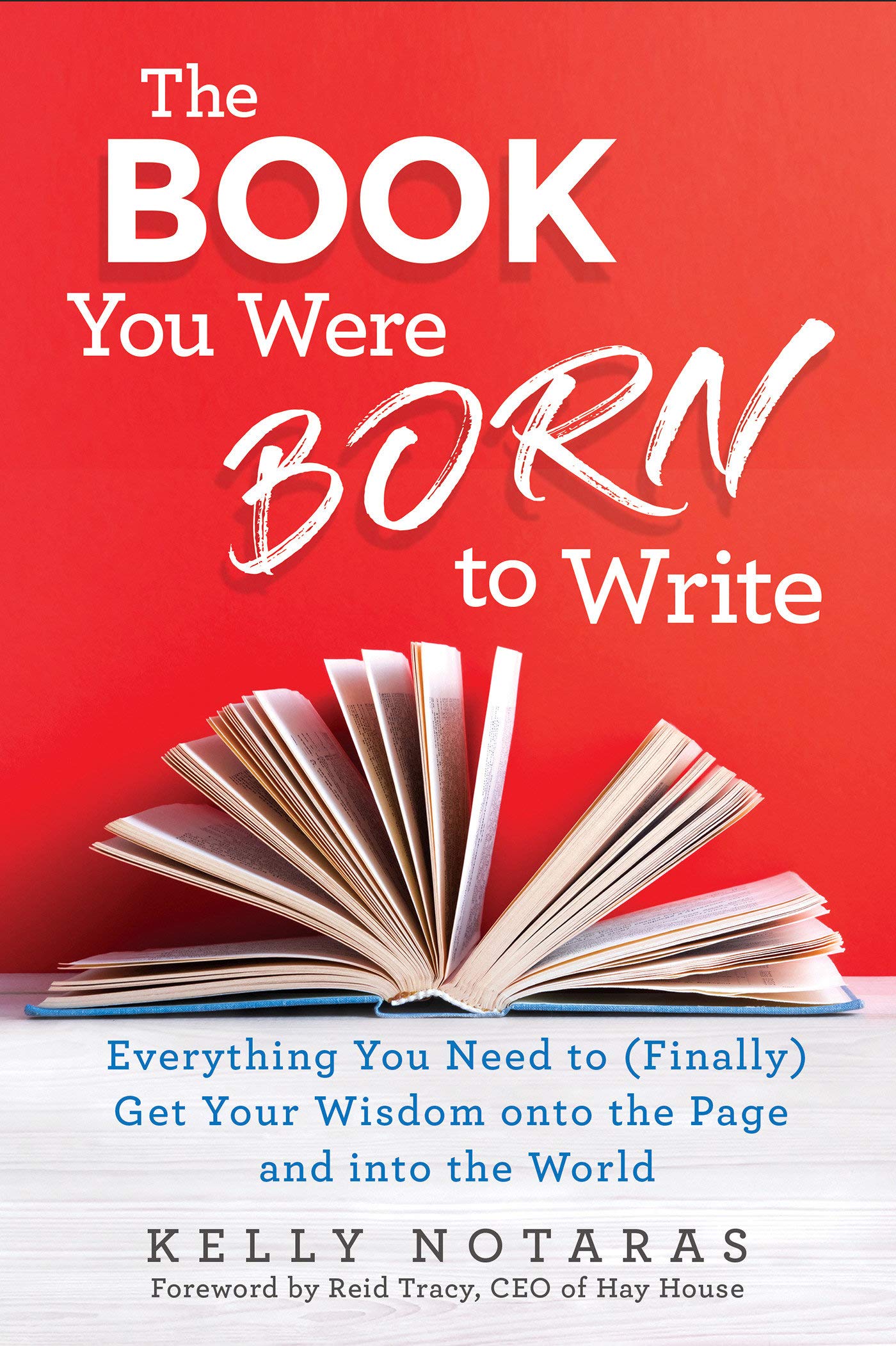Write a Book: A Comprehensive Guide from Conception to Publication

The dream of writing a book is a powerful one, shared by countless individuals across the globe. Whether you envision crafting a sweeping epic fantasy, a poignant memoir, a groundbreaking scientific treatise, or a captivating children’s story, the journey from initial idea to published work is a rewarding, albeit challenging, undertaking. This comprehensive guide will equip you with the knowledge and strategies necessary to navigate each stage of the process, drawing upon the vast resources available at Lbibinders.org, a platform dedicated to books, authors, reading, libraries, and the broader cultural impact of literature.
Part 1: The Genesis of Your Book – From Idea to Outline
Before you even begin typing, the most crucial step is developing a solid foundation for your book. This involves nurturing your initial idea, conducting thorough research, and meticulously outlining your narrative. Lbibinders.org offers a wealth of resources to assist you in this crucial phase. Exploring the “New Releases” and “Bestsellers” sections on Lbibinders.org can provide inspiration, showcasing current trends and successful narratives within various genres. Analyzing the “Book Reviews” section will expose you to critical perspectives and common pitfalls to avoid. You can also delve into the “Authors” section of Lbibinders.org to study the writing styles and inspirations of established authors, gaining valuable insights into their creative processes.

Brainstorming and Idea Generation
The initial spark of your book may stem from a personal experience, a compelling news story, a historical event, or even a fleeting thought. Whatever its origin, nurturing this idea requires dedicated brainstorming. Consider freewriting, mind-mapping, or simply jotting down every related concept that comes to mind. Don’t censor yourself at this stage; the goal is to generate a wealth of material to refine later. Lbibinders.org’s extensive collection of book summaries can further stimulate your creativity, offering glimpses into diverse narratives and thematic explorations.
Research and Development

Once you have a core idea, thorough research is paramount. Depending on your genre, this might involve historical research, interviews, scientific studies, or extensive fieldwork. For fiction, research can help to create a believable world and compelling characters. For non-fiction, meticulous research is the bedrock of credibility. Lbibinders.org’s extensive library resources, detailed in the “Libraries” section, can prove invaluable, connecting you with both physical and digital libraries, including rare collections and archives that might hold the crucial information you need.

Outlining Your Narrative
With your research complete, you need a roadmap for your book. This is where outlining comes in. Outlining helps to organize your thoughts, ensuring a coherent and engaging narrative. There are various outlining methods—from detailed chapter outlines to loose storyboards—choose the method that best suits your writing style. The “Reading and Learning” section of Lbibinders.org can help you understand various narrative structures and pacing techniques used by successful authors, offering insights into the mechanics of compelling storytelling.
Part 2: The Writing Process – From First Draft to Polished Manuscript
The actual writing process can be daunting, but breaking it down into manageable steps makes it far less overwhelming. Focusing on consistent progress, rather than striving for perfection in the first draft, is key. Lbibinders.org’s resources on writing styles and author biographies can inspire and guide you during this phase.
Drafting Your Manuscript
The first draft is about getting your story down on paper (or screen). Don’t worry about grammar, style, or even perfect sentence structure at this stage. Focus on conveying your ideas and developing your narrative. Set realistic daily or weekly word count goals to maintain momentum. Utilizing writing software with features like tracking word count and progress can be beneficial.
Revising and Editing
Once your first draft is complete, the revision process begins. This involves reviewing your work for plot holes, inconsistencies, pacing issues, and character development. This stage might necessitate significant restructuring and rewriting. Lbibinders.org’s book reviews can offer insight into how to constructively critique your own work, identifying areas for improvement. The “Reading and Learning” section provides advice on effective self-editing techniques.
Proofreading and Polishing
The final stage involves meticulous proofreading and polishing. This focuses on grammar, spelling, punctuation, and sentence structure. Consider employing a professional editor or utilizing editing software to catch errors you might have missed. The quality of your final manuscript directly impacts the reader’s experience and your credibility as an author.
Part 3: Publication and Beyond – Sharing Your Work with the World
Once your manuscript is polished, you must consider how to share it with the world. Lbibinders.org can guide you through the options available, including traditional publishing, self-publishing, and hybrid publishing models.
Traditional Publishing
This involves submitting your manuscript to literary agents or publishers. This route offers the advantages of professional editing, marketing, and distribution, but it can be highly competitive and time-consuming.
Self-Publishing
Self-publishing gives you complete control over the process, from cover design to marketing. However, it requires significant upfront investment and a thorough understanding of the publishing process. Lbibinders.org offers articles and resources to help navigate the self-publishing landscape.
Hybrid Publishing
Hybrid publishing offers a compromise between traditional and self-publishing, combining elements of both.
Marketing and Promotion
Regardless of your chosen publication path, effective marketing and promotion are essential for reaching your target audience. Leveraging social media, online advertising, and public relations can significantly increase your book’s visibility. Lbibinders.org can assist in understanding effective marketing strategies for authors.
Part 4: The Cultural Impact of Your Book
Writing a book is not merely a personal endeavor; it’s a contribution to the wider cultural landscape. Your work can inspire, educate, and challenge readers, leaving a lasting impact. Lbibinders.org explores this cultural influence through its sections on literary influence, adaptations, awards, and literary communities.
Literary Influence
Your book might influence future writers, inspire new interpretations of existing themes, or contribute to ongoing literary conversations. The “Cultural Impact” section of Lbibinders.org provides numerous examples of how books have shaped literary movements and cultural trends.
Adaptations
Your book may be adapted into other mediums, such as films, television shows, or stage plays, reaching an even wider audience and further amplifying its impact.
Awards and Recognition
Winning literary awards can significantly enhance your book’s visibility and prestige, while also validating your work.
Literary Communities
Connecting with other writers, readers, and literary professionals through online communities and writing groups can foster creative growth, provide valuable feedback, and create opportunities for collaboration. Lbibinders.org provides a platform for this connection, fostering a vibrant community of book lovers.
By leveraging the extensive resources available on Lbibinders.org and following the steps outlined in this guide, you can transform your dream of writing a book into a tangible reality. Remember that the journey requires dedication, perseverance, and a passion for storytelling. The rewards, however, are immeasurable.